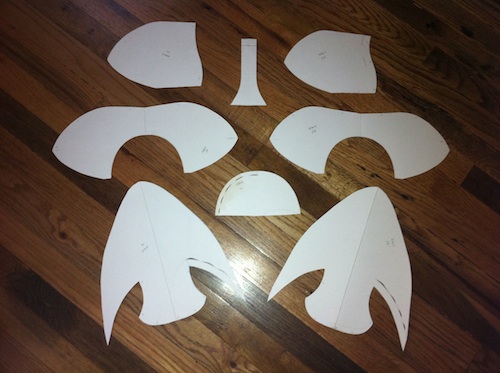26
Jul
2011
Even though I only need to bump out the last by a few millimeters over the 4th toe on the right last, it takes a fairly large piece of leather in order to maintain the shape of the last.
I pre-skived the piece of leather before I glued it to the last, but there’s more skiving to be done…

… and rasping too.

It’s mostly there. I’ll leave it along for a day or so and work on it again with fresh eyes. It seems to work better that way.

21
Jul
2011
A couple of weeks ago I finally was able to schedule a test fitting for the Chukka Boots. After I met with the client, I left the test fitters with him to wear around the office a bit to make sure that the fit was good. I had no idea he would wear them outside and while driving his car! I am surprised that the cork soles didn’t complete crumble.

The results:
The lasts for these are a surprisingly good fit. Only a small addition to the top of the right last over the 4th toe will be needed.
The customer wanted the height of the boot to be a little lower, so the pattern has been altered slightly.
Old pattern on the left, and new pattern on the right.

Spot the differences.
09
Jul
2011

The Henry Wilson Ten Footer, located in Natick, Massachusetts.
In addition to slaying dragons, being a Vice-President also seems to be suitable job for a shoemaker.
05
Jul
2011

A photo of another “Ten Footer” backyard shoe making shop.
02
Jul
2011

From Wikipedia:
“A ten footer was a small backyard shop structure built in the 18th and 19th centuries in New England to serve as a shoemaker’s shop. The name came from the fact that it was usually 10 feet (3.0 m) by 10 feet (3.0 m) in area. The ten footers were forerunners of the large shoe factories that developed in New England later in the 19th century.”
Copyright © 2025 Craig Corvin. All rights reserved.










